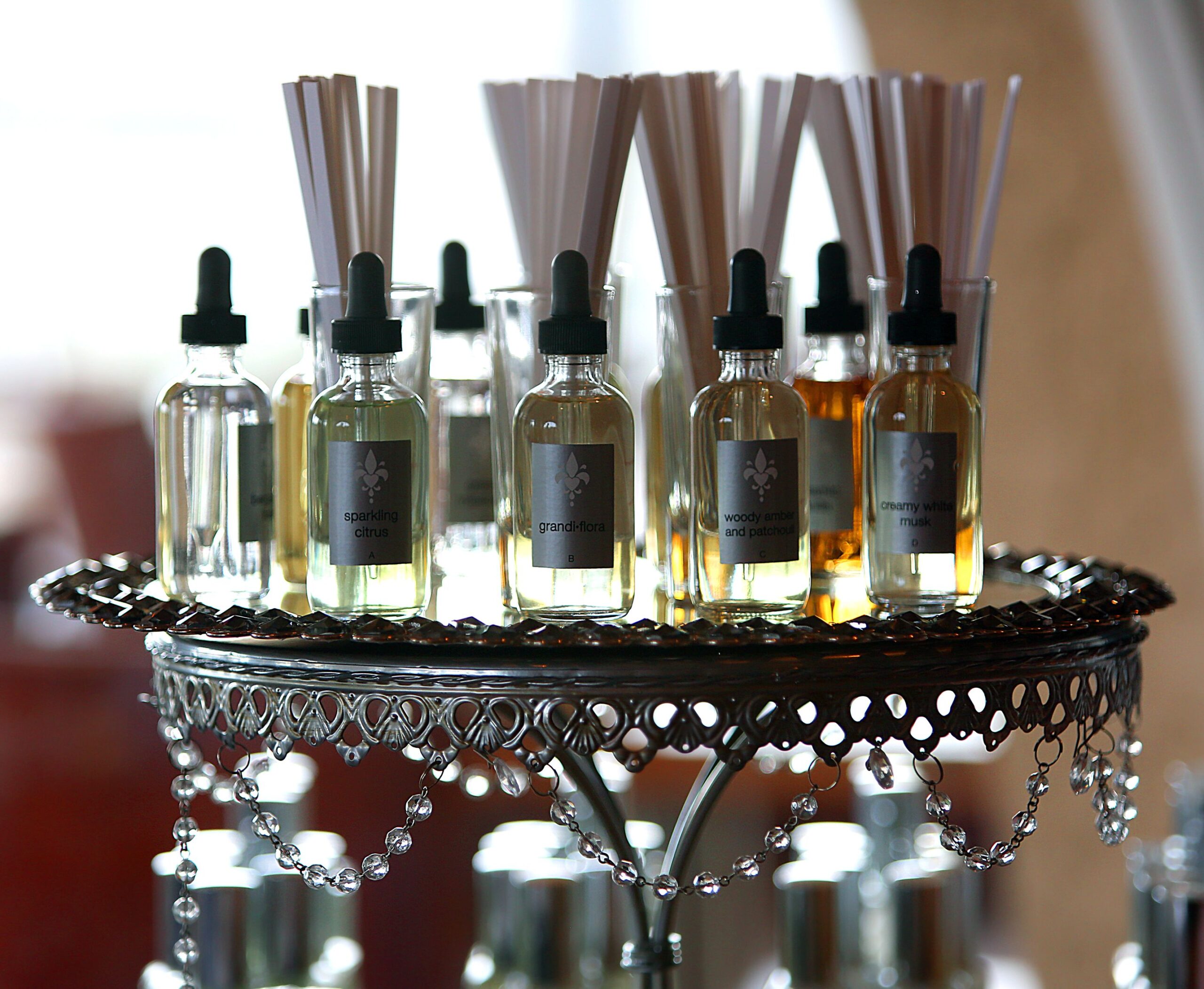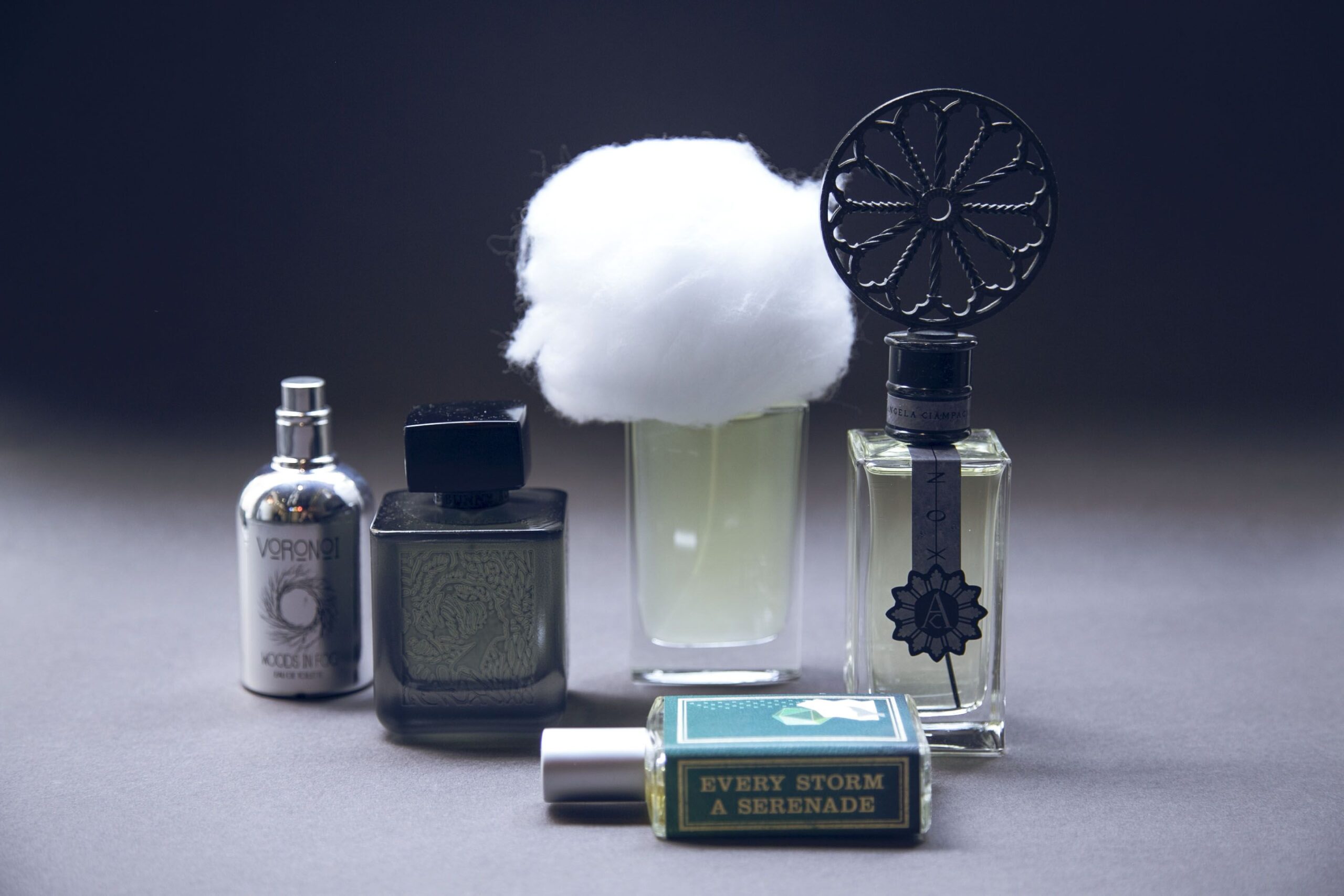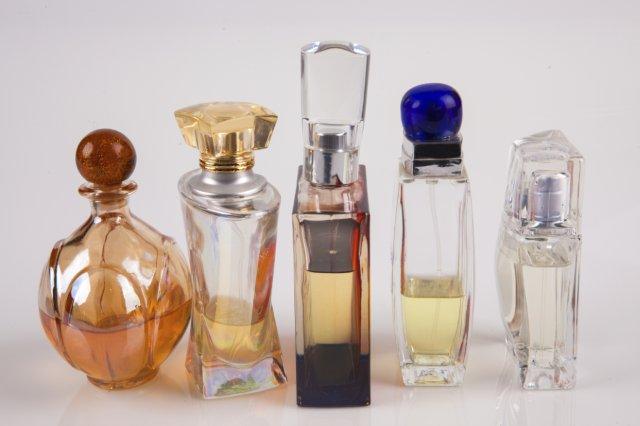Perfumery has been an intriguing and age-old art form dedicated to the creation of distinct and captivating scents. Accomplished perfumers, often referred to as “noses,” are exceptionally skillful artists with a remarkable flair for blending various aromas to produce olfactory masterpieces. In this article, we delve into the mesmerizing world of perfumery by examining the expertise of master perfumers and the intricate process involved in developing sublime perfume concoctions.
A Perfumer’s Color Palette

source: pinterest.com
To fully grasp the art of blending, it is crucial to first comprehend the perfumer’s color palette comprising a vast assortment of aromatic elements known as raw materials. These ingredients are grouped into specific fragrance families based on their olfactory traits. Some prevalent fragrance families are floral, woody, oriental, citrus, and fresh. Each family presents a wide array of scents, from soft floral tones to rich and profound woody nuances.
Master perfumers utilize numerous raw materials, both natural and synthetic, procured from all over the globe. Natural components originate from sources such as flowers, fruits, leaves, spices, resins, and other botanicals, while synthetic substances are synthesized in labs to either replicate natural odors or provide entirely novel olfactory sensations.
The Essence of Blending
Blending forms the crux of perfumery, where the true creative prowess of a master perfumer becomes evident. Constructing a fragrance is like composing an orchestral symphony wherein individual notes unite to give rise to a harmonious and evocative piece.
A perfumer typically starts with a concept or brief provided by a client or creative director. This concept serves as the inspiration for the fragrance, and the perfumer sets out to bring it to life. The process begins with selecting the main accords or dominant notes that form the core of the fragrance. These accords set the character and theme of the perfume.
Next comes the delicate dance of balancing the top, middle, and base notes. The top notes are the initial impression of a fragrance, providing the first burst of scent upon application. The middle notes, also known as the heart notes, unfold once the top notes dissipate, creating the body of the fragrance. Finally, the base notes emerge hours after application, providing depth and longevity to the scent.
Achieving this perfect balance requires an acute sense of smell, creativity, and years of experience. Master perfumers spend years honing their skills, learning to discern minute nuances in scent profiles and understanding how different materials interact with one another and as a result, we are left with masterpieces such as Creed Aventus.
The Importance of Proportions

source: pinterst.com
The secret to a well-balanced perfume lies in the proportions of each ingredient. Even a slight variation in the amount of a particular raw material can completely alter the character of the fragrance. Achieving the desired balance is a delicate and precise process, and the perfumer may go through numerous iterations and adjustments to find the perfect blend.
Moreover, the proportions of each ingredient can be influenced by the intended application and concentration of the perfume. For instance, a fragrance designed for an eau de parfum concentration will have different ingredient proportions than the same fragrance intended for an eau de toilette or a solid perfume.
Creativity and Innovation

source: pinterest.com
While perfumery has a rich history and is rooted in centuries-old traditions, master perfumers are also innovators who push the boundaries of olfactory experiences. They continually explore new raw materials, experiment with unique combinations, and invent novel fragrance families.
In recent years, there has been a growing interest in sustainable and environmentally friendly perfumery. Master perfumers are embracing natural and responsibly sourced materials, as well as sustainable extraction methods. This trend reflects a broader shift in the industry toward ethical and conscious practices.
Perfumers also draw inspiration from diverse cultures, landscapes, and artistic movements. The art of perfumery becomes a reflection of the times, capturing the essence of societal trends and individual desires. A fragrance may evoke memories, transport the wearer to far-off places, or simply offer a moment of sheer delight.
The art of perfumery is a symphony of scent, a delicate ballet of aromas that requires expertise, creativity, and a keen sense of smell. Master perfumers are the virtuosos of this art form, skillfully blending raw materials to create exquisite fragrances that captivate the senses and evoke emotions.
Behind every bottle of perfume lies a journey of inspiration, creativity, and passion. Each fragrance tells a unique story, crafted by the hands and nose of a master perfumer. The artistry of perfumery endures through time, as it continues to delight and enchant individuals across the globe with its power to evoke memories, stir emotions, and connect us to the beauty of the world through the sense of smell.




